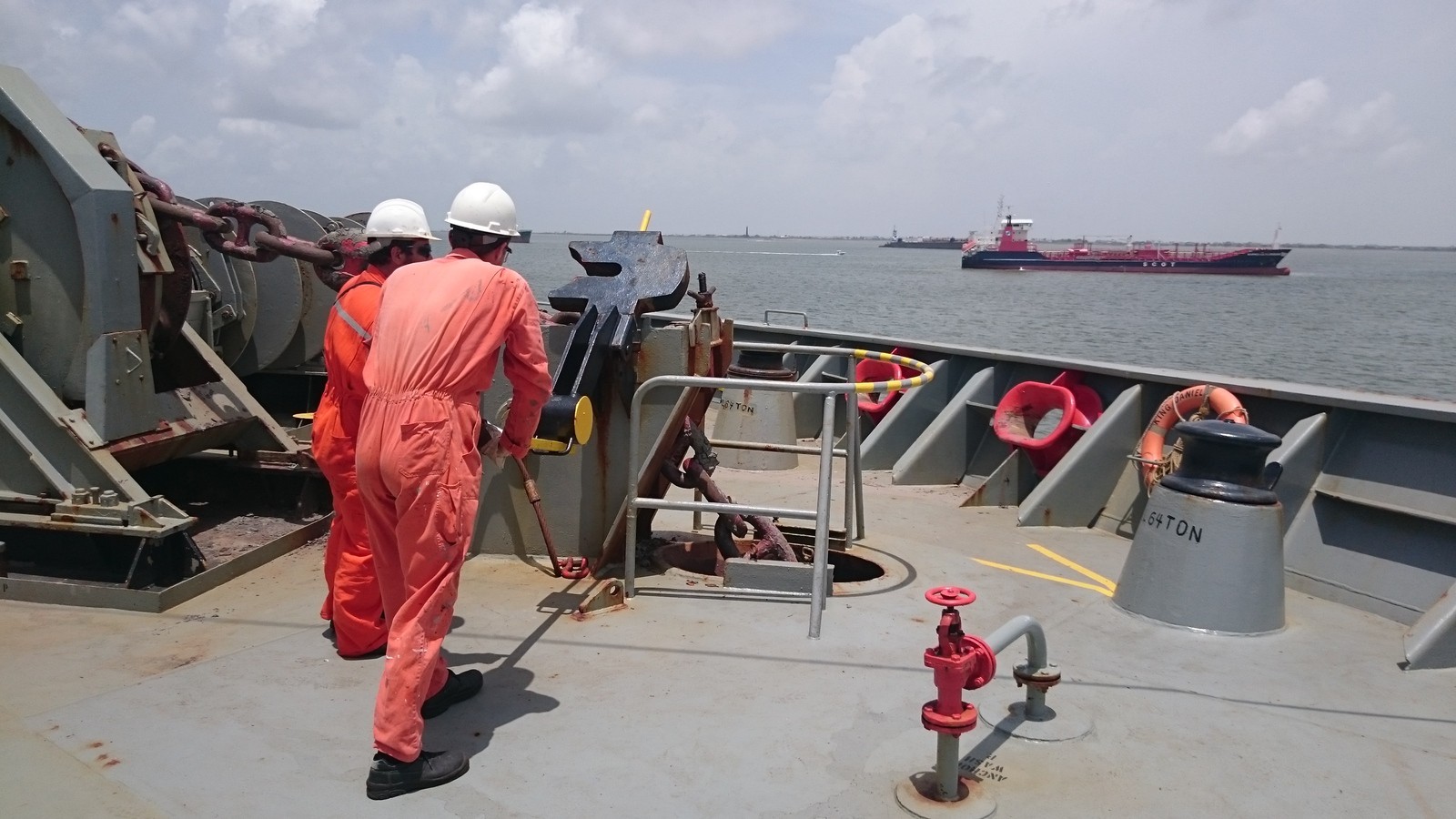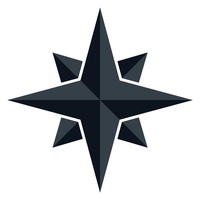- Position:
- 2nd engineer
Practicing on sea vessels

The learning process at maritime academies and universities provides for the acquisition of only theoretical knowledge; cadets can consolidate it in practice as trainees on a ship. Today there are no clear regulations for organizing the practice of naval cadets, but in any case it provides for familiarization with the organization of work at sea, training and assistance to officers. Swimming practice is also important from the point of view of familiarization with the moral component of long-term work in a confined space in a team of limited size.
The scientific literature on the organization of training on board a ship does not provide clear recommendations, but only lists a list of areas that the cadet should become familiar with during practice.
There is a lot of excellent scientific literature on the topic of studying various disciplines related to navigation; universities have created the necessary technical conditions for training (simulators of work on the navigation bridge), but all this does not allow them to gain such valuable practical experience that cadets receive on merchant fleet ships during internship time.
In this case, what comes to the fore is not the acquisition of any specific knowledge, but the acquisition of general ideas about the responsibilities that the future graduate will have to perform on the ship after graduation in one position or another.
Below are a dozen main areas in which trainees on board a ship should gain first practical experience and consolidate the theoretical knowledge acquired earlier during training:
Checking ballast tanks

The ballast system plays an important role in the stability of the vessel when moving empty. Controlling ballast water levels is one of the tasks assigned to cadets. Most often, level checks are carried out on a daily basis after the morning watch (04:00-08:00). Awareness of the importance of ballast condition for the stability of the vessel gives the cadet responsibility when conducting inspections.
In the process of performing work, not only accuracy is required, but also speed of measurements. It will not be superfluous to know information about the total depth of ballast tanks, which will save time on calculations. During loading and unloading operations, the roll and trim are controlled using ballast, but this work will already be carried out by the first mate responsible for loading. In this case, the cadet only observes how this is done. Errors in ballast calculations can lead to fatal consequences.
Vessel maintenance

As members of the deck crew, trainees take part in all work related to maintaining the technical condition of the ship's equipment and structure, and also receive a separate space under their control, most often one of the decks in the superstructure to maintain cleanliness. They are involved in painting work, rust removal and other work performed by sailors.
Maintenance of fire extinguishing systems and rescue equipment
Maintaining rescue and fire extinguishing equipment in good working order is an important task to ensure the safety of the ship and crew in emergency situations. According to the staffing schedule, this is the area of responsibility of the third officer, but if there are cadets on board, they are involved in checking expiration dates, keeping logs, defect detection, drawing up applications for new funds, and so on.
Along with the service, cadets simultaneously learn the basics of using these means (life rafts and boats, primary fire extinguishing equipment, pyrotechnics). In the future, this information will help cadets when passing exams, since safety questions are always included in the training course.
Deck work

When performing various deck duties, cadets are placed at the disposal of the boatswain, where, under his direct supervision, they are engaged in all types of routine operations carried out on the ship every day. First of all, this is the fight against corrosion that appears as a result of exposure to an aggressive external environment, splicing ropes, applying markings and signs using stencils, and so on. From the outside, solving such problems may seem unimportant for a future merchant navy officer, but in fact they lay the foundation for future work at sea and an understanding of the operations that subordinates will have to perform.
Mooring operations
Carrying out mooring operations is one of the most important tasks, therefore the entire crew is on deck, and the actions and location of each person are described in detail.
Initially, cadets on moorings perform the duties of ordinary sailors, so their work is mainly of a physical nature. Later, as they gain experience, they are already involved in the transmission of commands, acting as a link in places where communication between the captain and team members is difficult.
Pilotage operations
When entering/exiting the port, passing through narrows with a pilot, the cadet’s duties include meeting the pilot, namely helping the sailors with preparing the gangway. At the same time, he masters its design, the practice of lowering and raising the ladder, installing fencing, and so on. As they gain experience, the captain can invite trainees to the bridge, where they can not only observe the work of the pilot and navigational team, but also perform simple operations. First of all, this concerns filling out documentation, mapping the position of the vessel in motion, monitoring the situation, and so on. This is important practical experience that cadets gain.
Cargo operations

Port operations are associated not only with loading and unloading operations, but also with other activities. While in port, cadets assist the third officer with the preparation of necessary documents for the port authorities, such as ship's roles, bonds, and so on. All of them must be signed, certified by the ship's seal and provided to the port authorities in the required number of copies.
Trainees are also recruited to perform tasks related to cargo operations. They record the exact time of loading start, end, periods of downtime, indicating the reasons, monitor the condition of ballast tanks and inform the captain's assistants about this. Such work teaches responsibility, allows you to gain an understanding of the features of loading and unloading operations, possible subtleties and problematic issues.
ISPS
Compliance with the International Ship and Port Facility Safety (ISPS) Code is a requirement of navigation. Taking into account the continuous tightening of safety requirements for maritime vessels, this issue on board must be treated with full responsibility.
When moored at the pier, cadets are most often posted on watch at the gangway. Their task is to record in the log all arriving and departing persons, both from among the port workers and the crew, and to check documents for the right to be on board the ship. Items carried with you are checked for the presence of prohibited items. In some companies, everyone who gets on board receives their own identification number to organize information about the persons on the ship.
The duties of the cadets also include meeting representatives of the port administration and accompanying them to the wardroom, to the navigation bridge or to another place to meet with the ship's command staff. He informs the watch officer about everything that happens.
Working with documents at sea
During long passages, the number of operations performed by the crew is reduced, and the time comes when it is time to pay attention to working with documents. No one will deny that in modern conditions there is much more paperwork than before. During transitions, most of the documents are prepared by the first mate. The cadet comes at his disposal as an assistant. He keeps log books, prints crew familiarization sheets, and archives old documents.
If a cadet is allowed to directly prepare current documents (not of particular importance) depending on the decisions of the captain and the degree of intelligence of the trainee himself, then performing operations of copying and scanning documents is a routine duty of cadets on board the ship.
Trainees are involved in creating stencils of various inscriptions and images, which are widely used for applying information navigation on ships in accordance with current rules.
Navigation

This is the main purpose of any cadet being on board. He must consolidate the knowledge in the field of navigation acquired in theoretical classes at the university.
Naturally, no one will assign a cadet to stand watch on his own; for this he does not have the necessary permits. He is on the bridge together with the watch officer, where he gets acquainted with the structure of the navigation bridge, the basic rules of watchkeeping, and the execution of current operations. Working with navigation equipment, maps, all this carries practical skills and benefits for the future navigator.
During watches, the first mate can arrange periodic surveys for the cadet on previously acquired knowledge in the field of navigation and navigational operations. On the one hand, this ensures the consolidation of the material, on the other hand, it makes it possible to understand how ready the trainee is to perform independent work, which will allow him to delegate some simple operations that he is able to cope with.
From the outside, working as a cadet at sea may seem difficult and even scary, but in fact it is the best time for future merchant seamen. The cadet does not bear any responsibility, so swimming practice turns into an exciting journey, an opportunity to visit other countries, to see in practice everything that you have to deal with every day when working as a navigator.
- Position:
- Chief engineer
- Position:
- Electrician engineer
- Position:
- 2nd engineer
- Position:
- Electrician engineer
